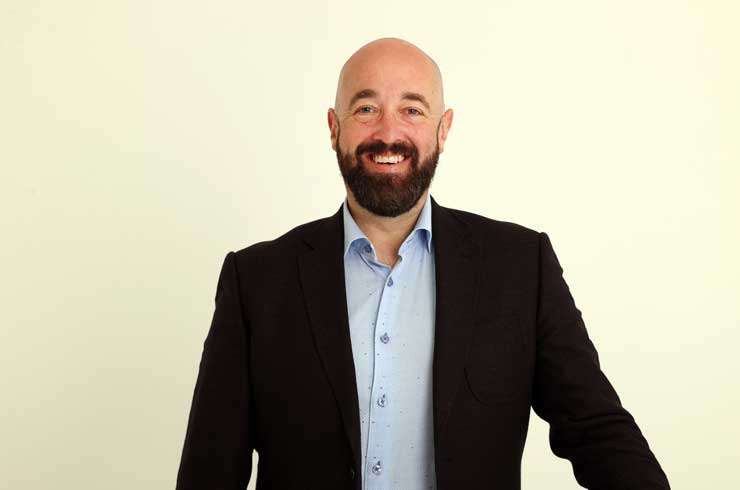ANALYSIS: At least two banks in the past week have increased their servicing rates for mortgages, in effect making it harder for Kiwis to get a mortgage. This won’t be the last round of increases and, despite what you think, that’s a good thing.
What are servicing rates? Last year you could have fixed a mortgage for as low as 2.1% for one year or even, potentially, 2.99% for five years. But it would have been a mistake to think that interest rates would stay low forever, and banks calculate your ability to afford a mortgage at a much higher rate. This time last year, the mortgage servicing rate was around 6%; now it’s just over 7%. In other words, with servicing rates, the banks are asking what you can afford in a much higher interest rate environment, not what you can afford today.
Servicing rates are a source of frustration for home-buyers. A question we are often asked is why can’t the banks just use the five-year rate? Five years is a long time and you’ll have plenty of warning to prepare for higher rates. Consider those people that locked in at 2.99% for five years. They have four years left to figure out how to deal with a higher interest rate environment.
The answer to why banks don’t use the five-year rate is in how fast mortgages are paid off over principal and interest loans. A $1m mortgage (for easy numbers) still has around $912,267 owing after five years (over a 30-year payment term). That’s because, at the beginning of your mortgage, the majority of your regular payments are made up of interest with comparatively little going towards the principal. Later in your mortgage, the principal payments increase and you pay off more but in those first few years, it’s mostly interest.
Start your property search

Mortgage Lab founder Rupert Gough: “Servicing rates will always be higher because no bank can ever guarantee we are at the peak rates.” Photo / Fiona Goodall
Even by your 15th year - halfway through your 30-year mortgage, you still owe $664,000 of the original million. So when banks are trying to calculate what the worst-case scenario is, they’re having to look 10 or 15 years down the track before the amount that you have paid off your mortgage could counterbalance the potential increase in interest rates.
There is a hard truth to swallow here. Interest rates and servicing rates will never be the same. No matter how high-interest rates go, servicing rates will always be higher because no bank can ever guarantee we are at the peak. If interest rates continue to rise over the next few years, more income will be needed to get the same level of borrowing.
So, if you had a mortgage pre-approved prior to this week, how much has your borrowing dropped given the increase in servicing requirements? The truth is, about 4.5%. In other words, if you were approved for a maximum loan of a million dollars a few weeks ago, your new lending will be around $955,000. To get back to that million dollars of mortgage lending, you will need to increase your income by approximately $300 (after tax) per month.
Despite the effect this is going to have on homebuyers, the servicing rate is a good protection mechanism. It ensures that people who borrow such large sums of money are protected from the majority of future interest rate rises, at least until they have paid off a significant amount of their mortgage. Imagine what a mess the market would be in today if banks had calculated what people could borrow at last year’s historically low-interest rates rather than the 6% they were using.
- Rupert Gough is the founder and CEO of Mortgage Lab and author of The Successful First Home Buyer.













































































